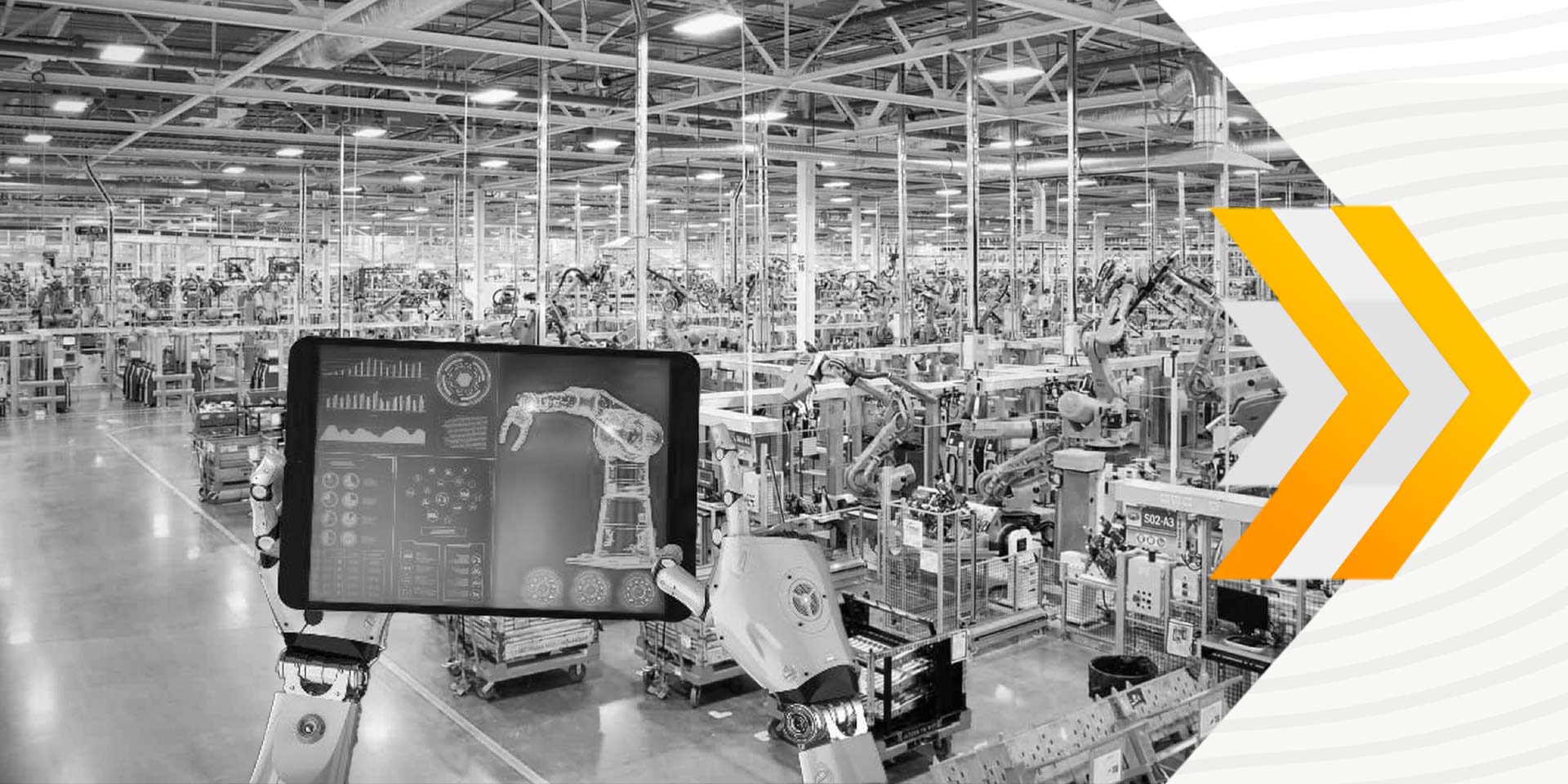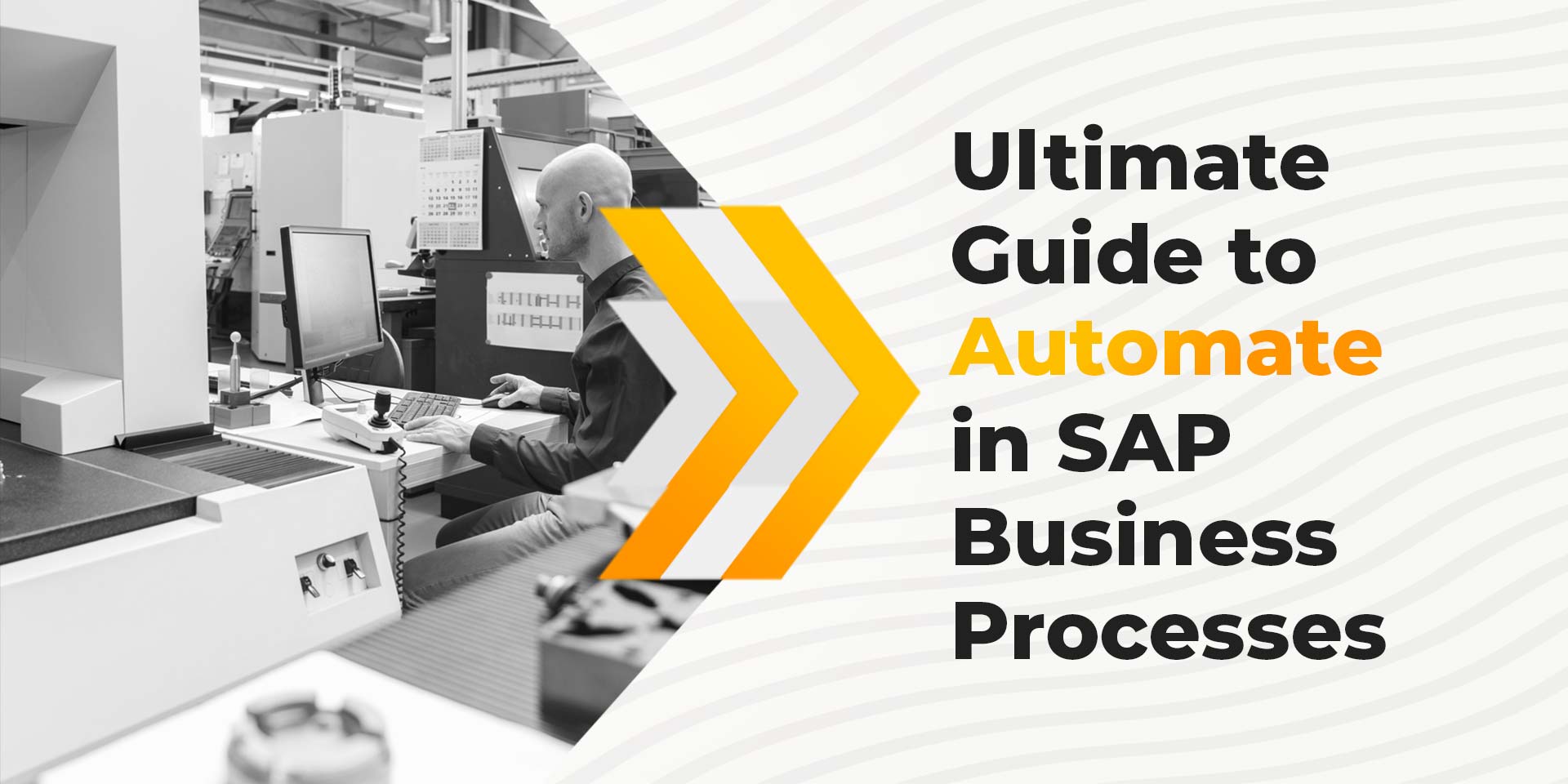Automation
Common Mistakes to Avoid in Business Process Automation


- Table of Contents
- Introduction
- Underestimating Total Cost of Ownership
- Not Gauging Which Processes to Automate
- Choosing Non-Customizable Solutions
- Opting for UI-Based Solutions Over Native
- Lack of Center of Excellence
- Embracing Multiple Tools for Automation
- The Role of Universal Orchestrator
- Conclusion
Introduction
In today's fast-paced business landscape, the mantra is clear: automate or get left behind. Business Process Automation (BPA) promises increased efficiency, reduced costs, and improved productivity. However, the road to successful automation is fraught with pitfalls. From failing to choose the right processes for automation to not involving the right stakeholders, businesses often stumble in their BPA journey. In this blog, we'll delve into these common mistakes and provide insights on how to sidestep them for a smoother automation ride.
Underestimating Total Cost of Ownership (TCO)
One of the most prevalent mistakes businesses make in BPA is underestimating the Total Cost of Ownership. While the allure of automation is undeniable, the true cost extends beyond initial implementation expenses. Maintenance, upgrades, and support services add up over time, often catching businesses off guard. To avoid this pitfall, it's crucial to conduct a comprehensive cost analysis that encompasses all stages of the automation lifecycle. Factor in not only software licensing fees but also training, integration, and ongoing support costs. By gaining a clear understanding of the TCO upfront, businesses can make informed decisions and budget accordingly.
Not Gauging Which Processes to Automate
Not all processes are created equal when it comes to automation potential. Another common misstep is the failure to assess which processes are ripe for automation. Blindly automating every process without considering its complexity, frequency, or strategic importance can lead to inefficiencies and wasted resources. To address this, businesses should conduct a thorough process audit to identify candidates for automation. Look for tasks that are repetitive, rule-based, and time-consuming. By focusing on high-impact processes with a clear ROI, businesses can maximize the benefits of automation while minimizing risks.
Choosing Non-Customizable Solutions
Off-the-shelf automation solutions may seem convenient, but they often fall short in meeting unique business needs. Opting for non-customizable solutions can limit scalability and hinder efficiency. Businesses must resist the temptation of one-size-fits-all solutions and instead prioritize flexibility and customization. Investing in platforms that offer robust customization capabilities allows businesses to tailor automation workflows to their specific requirements. Whether it's adapting to evolving regulations or integrating with legacy systems, customizable solutions provide the agility needed to stay ahead in a dynamic business environment.
Opting for UI-Based Solutions Over Native
User Interface (UI)-based automation tools offer a quick fix for automating manual tasks. However, relying solely on UI-based solutions can lead to brittle automation that is prone to breaking with application updates or UI changes. Businesses often overlook the importance of native automation, which interacts with underlying APIs and databases, providing more robust and reliable automation. Instead of taking shortcuts with UI-based tools, businesses should prioritize native automation wherever possible. By leveraging APIs and scripting languages, businesses can build resilient automation solutions that withstand application changes and updates.
Lack of Center of Excellence (CoE)
Implementing BPA without a structured governance framework is akin to sailing without a compass. A lack of Center of Excellence (CoE) leads to disjointed efforts, duplicated work, and inconsistent standards across automation initiatives. Establishing a CoE brings together experts from various domains to define best practices, provide guidance, and promote knowledge sharing. A CoE serves as the custodian of automation standards, ensuring alignment with business objectives and driving continuous improvement. By nurturing a culture of collaboration and knowledge exchange, businesses can accelerate their automation journey while minimizing risks and maximizing returns.
Embracing Multiple Tools for Automation
While the temptation to standardize on a single automation tool may seem prudent, it's essential to recognize that no single tool can address all automation needs effectively. Embracing a multiple tools automation ecosystem allows businesses to leverage the strengths of different tools for various use cases. Whether it's RPA for repetitive tasks, BPM for complex workflows, or AI for cognitive automation, each tool has its unique strengths. By adopting a best-of-breed approach, businesses can tailor their automation strategy to suit diverse requirements while mitigating vendor lock-in risks. A universal orchestrator can then be used to integrate and coordinate these different tools, providing a holistic view of automation processes across the organization.
The Role of Universal Orchestrator
In the sprawling landscape of automation tools, managing disparate workflows and orchestrating interactions can be a daunting task. A Universal Orchestrator acts as a central command center, providing a unified interface to manage and monitor automation activities across different tools and platforms. By integrating with existing systems and orchestrating end-to-end automation workflows, a Universal Orchestrator streamlines operations, improves visibility, and enhances control. With a single pane of glass view into automation activities, businesses can optimize resource allocation, troubleshoot issues proactively, and drive continuous improvement.
Conclusion
In conclusion, the path to successful Business Process Automation is fraught with challenges, but with careful planning, strategic decision-making, and the right tools and frameworks in place, businesses can navigate these pitfalls and unlock the full potential of automation. By avoiding common mistakes such as underestimating TCO, choosing the wrong processes, and neglecting customization and governance, businesses can pave the way for a more efficient, agile, and competitive future. Choosing the right tools can further help organizations achieve their automation goals and stay ahead in an increasingly digital world.







































